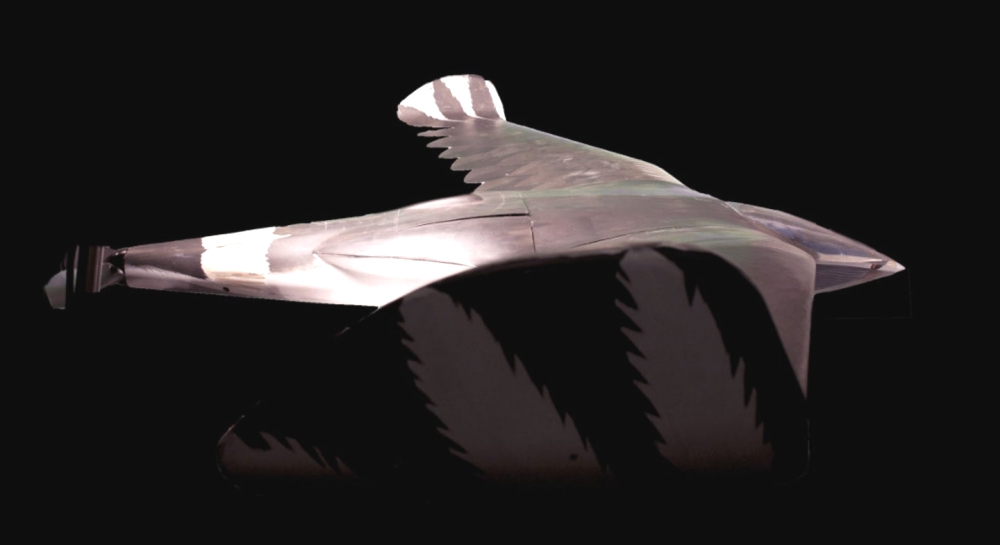Documents declassified about the CIA’s Project Aquiline, which sought to develop a small, stealthy drone that resembled a bird in flight, ended up being stored at Area 51 after the project was cancelled. Like so many other aerospace projects that were kept from the public eye, the Aquiline drones could very well still be kept at the secretive Nevada base collecting dust in a storage facility or even buried in the dirt.
According to the CIA’s paper trail, Aquiline was intended for “multi-sensor collection and advanced emplacement capability for collection of intelligence” and to “enable an almost completely surreptitious penetration” into unfriendly skies. Aquiline’s designers attempted to mimic the characteristics of a bird in order to allow it to remain as undetectable as possible, a feature that can clearly be seen in some of the drone’s prototypes. While the project was terminated before it ever reached operational status, the Aquiline documentation released by the CIA shows that after it ended, all Project Aquiline assets were stored at Area 51 “semi-permanently.” It’s unknown what became of them after that.
The CIA hosts the full collection of declassified documents related to Aquiline on its online reading room site.
Back to 1965—in order meet the need for a penetrating, low-observable (of sorts) vehicle for intelligence gathering in denied airspace, the CIA’s Office of Special Activities (OSA) began working together with the Office of Research and Development’s Applied Physics Division to develop an unmanned aircraft referred to by the codename Aquiline. The Aquiline project, from the Latin word meaning “eagle,” specifically sought to develop a small stealthy drone that resembled a bird and had low radar, acoustic, infrared, and visual signatures. While the Aquiline program ended prematurely, as so many other ambitious aerospace projects of the era did, it nonetheless had a long-lasting influence on future surveillance drone designs.
Building The Bird
In 1969, the CIA signed a contract with the McDonnell Douglas Astronautics Corporation (MDAC) to begin developing technologies for the Aquiline program. Personnel were deployed to Area 51 the next year to begin flight testing, which was set to end in early 1971 when the contract reached completion. It was thought that a working Aquiline drone would have been developed by that date, at which point the program would have entered operational status.
The Aquiline drones were intended to have first entered into service on a “limited capability” capacity in early 1971, meaning that some of the planned capabilities would have not been ready by this point. Full capability was planned to be ready by July 1, 1972, including a full-range airborne communications relay. It was thought that the drones would be able to fly one mission per month during this phase.
Exact specifications and design details are scarce, but what is known is that Aquiline drones were made to resemble birds and featured a single tail propeller. Initially, the prototypes were powered by chainsaw motors. In one memo in the CIA’s reading room, the Aquiline drone is referred to as a “high characteristic operating model plane with a lot of expensive gadgetry.”
Read the full story on The Drive

